Post by blacky on Feb 2, 2010 22:44:59 GMT 10
The Cambodian Stegosaurus
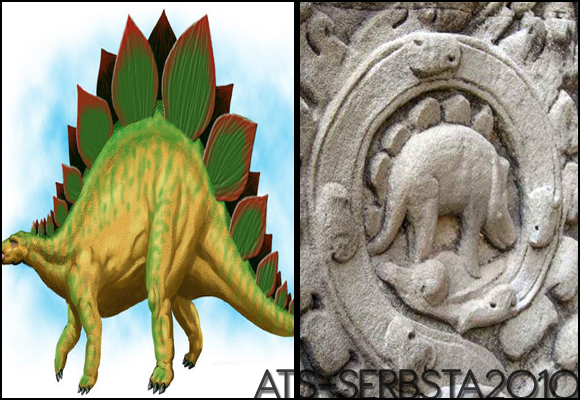
On the beautifully decorated temple walls of Ankgor Wat lies a carving which seems to depict a Stegosaurus. The Stegosaurus armatus or the ‘armoured, roof lizard’ is believed to have died out some 145 million years ago, yet there is a clear depiction of a beast which oddly enough shares its exact characteristics depicted on a temple wall which was built as early as the 12th century A.D. Angkor Wat is a mystery in itself, depicting symbolic details of the precession of the equinoxes among other oddities which are yet to be explained. Bits of information like this should not add credence to the claims that an extinct dinosaur is carved into its walls, but should emphasize that every aspect of this amazing building, every carving and caricature is there for a significant reason. Examine it for yourself.
Mystery of the Shoes
On June 1, 1968 an avid American fossil collector by the name of William J. Meister made a startling discovery. In Antelope Springs, a fossil loaded excavation site, he found fossilized footprints on an old rock. What makes this discovery startling though could only be seen on closer inspection, where trilobites (one on each shoeprint) were discovered embedded into the fossil. Trilobites first appeared about 540 million years ago and died out around 240 million years ago. Who could have walked the lands in shoes or sandals more than 240 million years ago?
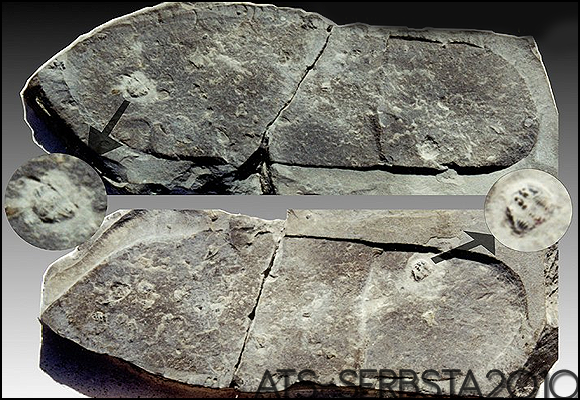
Hundred Million Year Old Hand
In 1995 Carl Baugh discovered what appears to be a well preserved human hand print on a rock that is said to date back to the Cretaceous period (145-65 million years ago). It was discovered near Whetherford, Texas and is described by its founder as a handprint “...[which] is so specific that it displays impressions of the thumbnail, impressions of the tissue webbing between the thumb and index finger, and the impression left by penetration of the middle finger into the mud." If this find is indeed legit, it crushes all standing knowledge on human evolution.
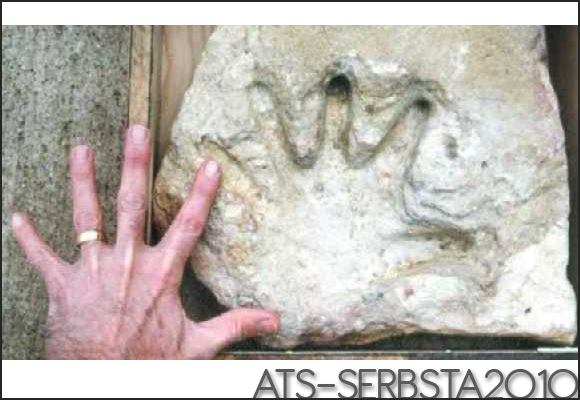
Oh... the Big Balls
The infamous giant stone balls of Costa Rica have garnered a lot of interest ever since they were discovered in 1930 by a group of women who were clearing jungle land for the United Fruit Company. The spheres vary in size, some as small as a few centimetres, while others as large as 2.5 metres. The largest of them weighs an astonishing 16 tonnes. Most of the spheres are geometrically perfect, but some diameters vary by up to 4cm. But it is impossible to know their original shape as many were damaged during their initial discovery and since then. It is not know who built them or how they were built.
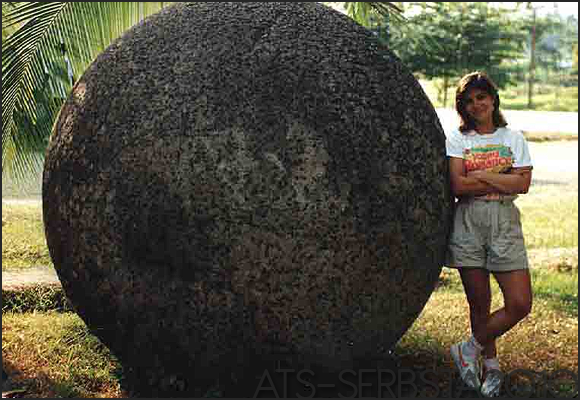
Stones and ‘Saurs’
Dr. Javier Carbera first discovered the Ica Stones in 1961 when he received one for his birthday. Carbera immediately recognized that his stone was depicting an aquatic animal that had long been extinct. The stones were said to have been discovered in river beds. Carbera became fascinated by the stones and collected them from local merchants who were in possession of them. Many of the stones bear graphic images of a sexual nature, but others depict dinosaurs, such as pterodactyls, tyrannosaurus rex’s, etc. There are a few engravings which show interaction between humans and dinosaurs, such as a man riding a winged beast, closely resembling a pterodon. Some depict some form machinery, others depict maps, etc.
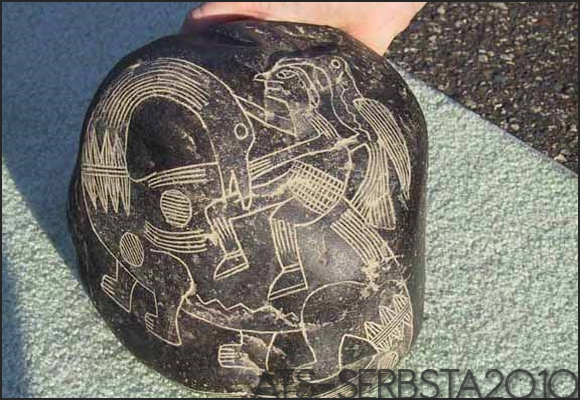
Metal Tubes
Now this case for some reason fascinates me the most, but any specifics are now lost and no photographs exist, for obvious reasons. This find was made in 1885, France. A set of semi-ovoid metallic tubes were dug out of a 65 million year old block of chalk. There was not just one tube, but many. They were claimed to all have the same shape but they were of different sizes. The tubes were being researched in the Geomorphology Laboratory of the Université de Caen, but that is the last ever heard of them.
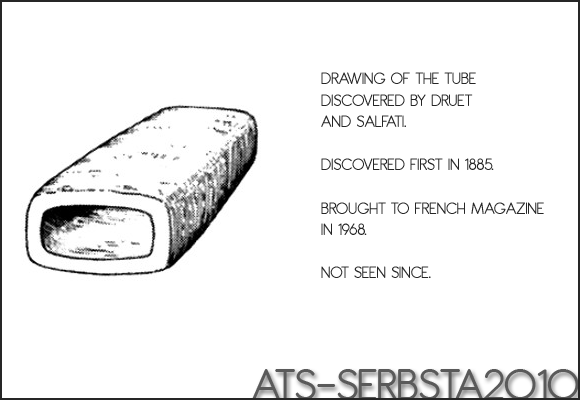
I love ancients mysteries as you know and I love the fact that there might be ooparts out there that just defy any explanation.
I would like to get your views on a few of these topics!

On the beautifully decorated temple walls of Ankgor Wat lies a carving which seems to depict a Stegosaurus. The Stegosaurus armatus or the ‘armoured, roof lizard’ is believed to have died out some 145 million years ago, yet there is a clear depiction of a beast which oddly enough shares its exact characteristics depicted on a temple wall which was built as early as the 12th century A.D. Angkor Wat is a mystery in itself, depicting symbolic details of the precession of the equinoxes among other oddities which are yet to be explained. Bits of information like this should not add credence to the claims that an extinct dinosaur is carved into its walls, but should emphasize that every aspect of this amazing building, every carving and caricature is there for a significant reason. Examine it for yourself.
Mystery of the Shoes
On June 1, 1968 an avid American fossil collector by the name of William J. Meister made a startling discovery. In Antelope Springs, a fossil loaded excavation site, he found fossilized footprints on an old rock. What makes this discovery startling though could only be seen on closer inspection, where trilobites (one on each shoeprint) were discovered embedded into the fossil. Trilobites first appeared about 540 million years ago and died out around 240 million years ago. Who could have walked the lands in shoes or sandals more than 240 million years ago?

Hundred Million Year Old Hand
In 1995 Carl Baugh discovered what appears to be a well preserved human hand print on a rock that is said to date back to the Cretaceous period (145-65 million years ago). It was discovered near Whetherford, Texas and is described by its founder as a handprint “...[which] is so specific that it displays impressions of the thumbnail, impressions of the tissue webbing between the thumb and index finger, and the impression left by penetration of the middle finger into the mud." If this find is indeed legit, it crushes all standing knowledge on human evolution.

Oh... the Big Balls
The infamous giant stone balls of Costa Rica have garnered a lot of interest ever since they were discovered in 1930 by a group of women who were clearing jungle land for the United Fruit Company. The spheres vary in size, some as small as a few centimetres, while others as large as 2.5 metres. The largest of them weighs an astonishing 16 tonnes. Most of the spheres are geometrically perfect, but some diameters vary by up to 4cm. But it is impossible to know their original shape as many were damaged during their initial discovery and since then. It is not know who built them or how they were built.

Stones and ‘Saurs’
Dr. Javier Carbera first discovered the Ica Stones in 1961 when he received one for his birthday. Carbera immediately recognized that his stone was depicting an aquatic animal that had long been extinct. The stones were said to have been discovered in river beds. Carbera became fascinated by the stones and collected them from local merchants who were in possession of them. Many of the stones bear graphic images of a sexual nature, but others depict dinosaurs, such as pterodactyls, tyrannosaurus rex’s, etc. There are a few engravings which show interaction between humans and dinosaurs, such as a man riding a winged beast, closely resembling a pterodon. Some depict some form machinery, others depict maps, etc.

Metal Tubes
Now this case for some reason fascinates me the most, but any specifics are now lost and no photographs exist, for obvious reasons. This find was made in 1885, France. A set of semi-ovoid metallic tubes were dug out of a 65 million year old block of chalk. There was not just one tube, but many. They were claimed to all have the same shape but they were of different sizes. The tubes were being researched in the Geomorphology Laboratory of the Université de Caen, but that is the last ever heard of them.

I love ancients mysteries as you know and I love the fact that there might be ooparts out there that just defy any explanation.
I would like to get your views on a few of these topics!










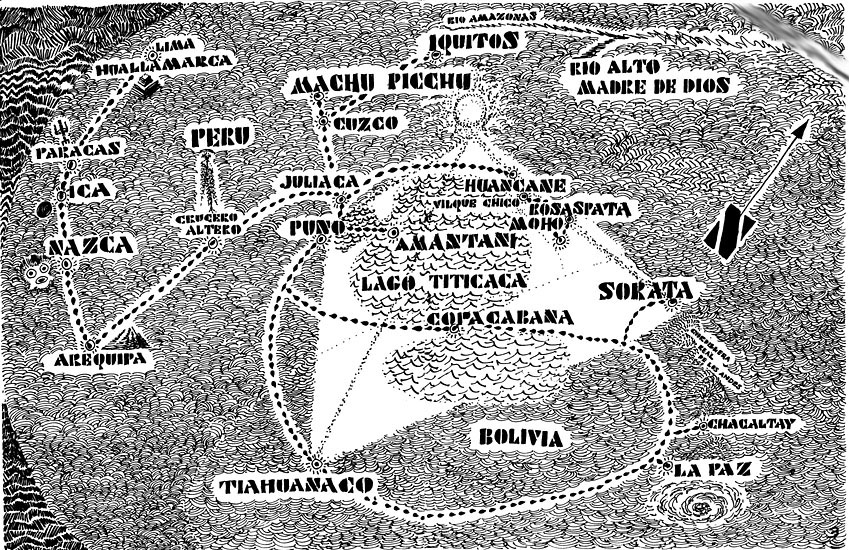

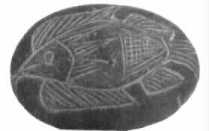
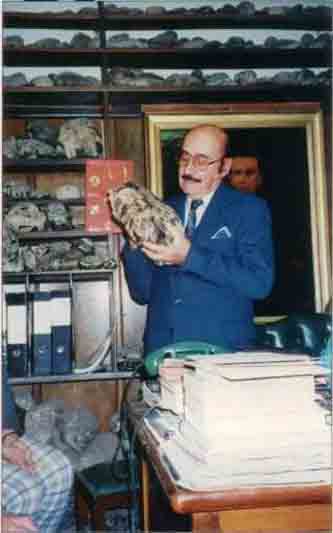
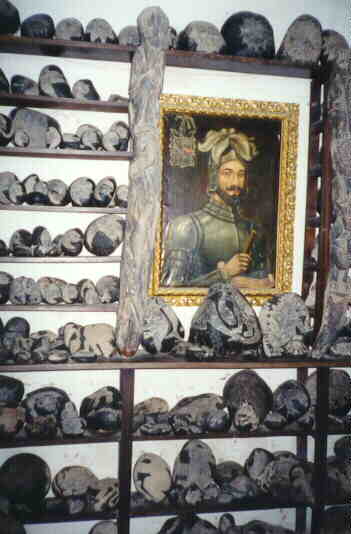
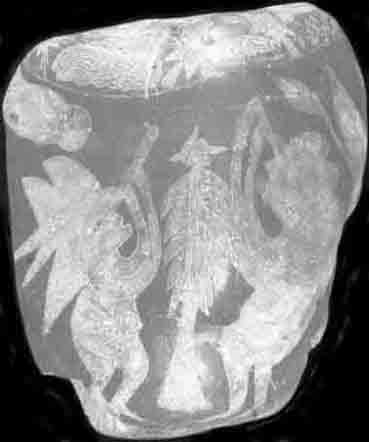
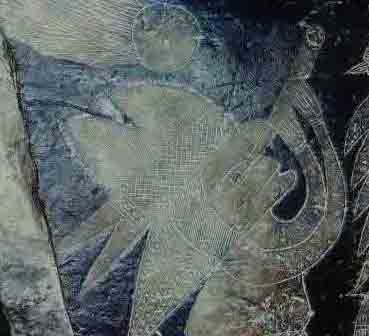


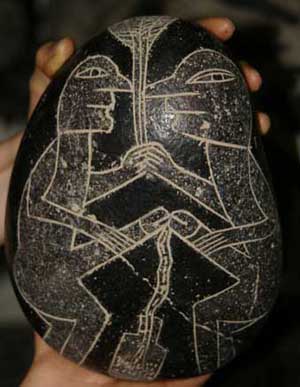
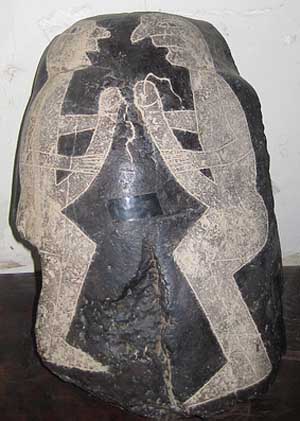
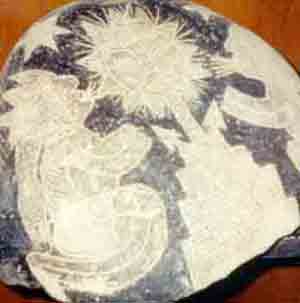
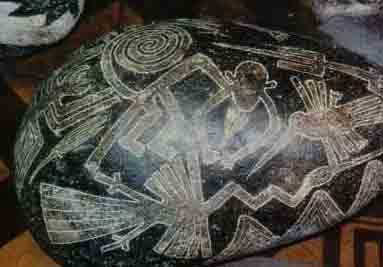
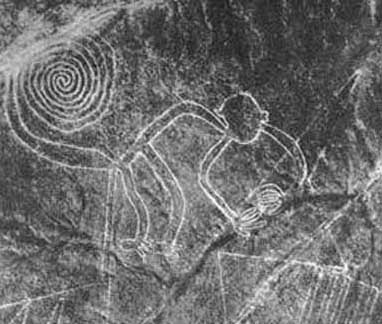
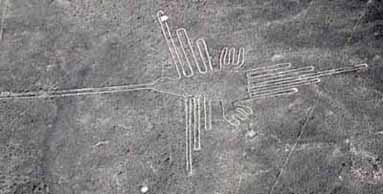
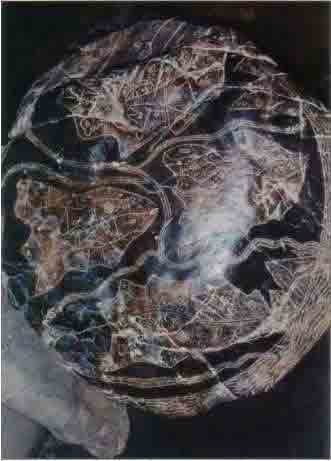
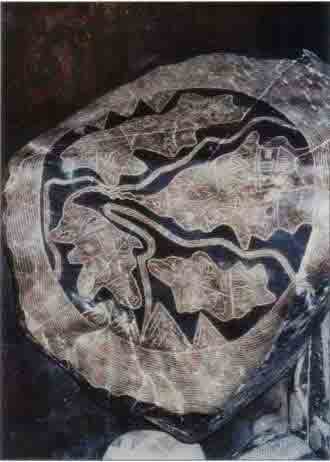
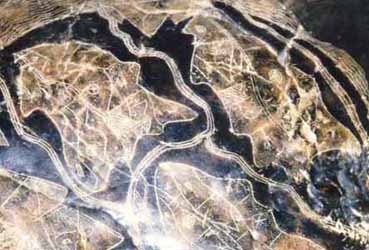
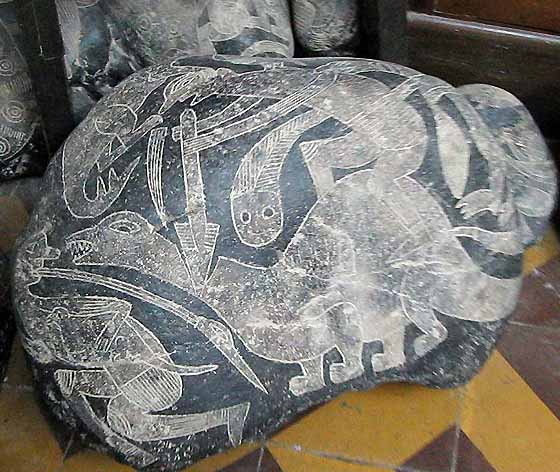
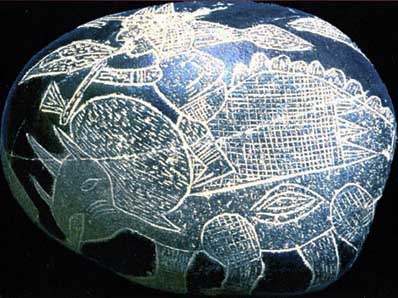
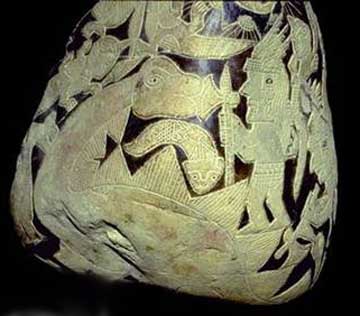
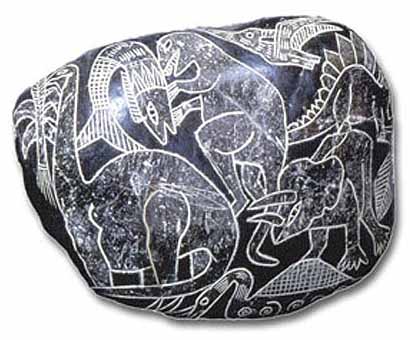
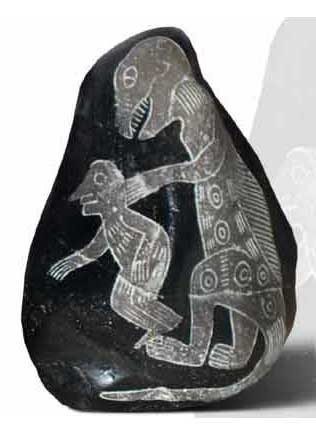
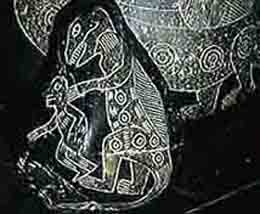
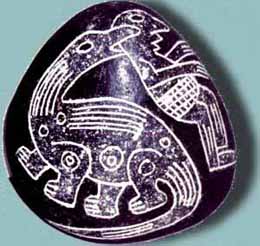
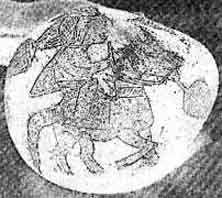

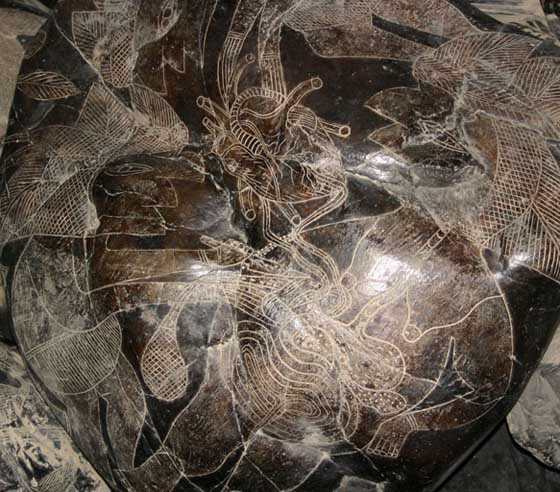
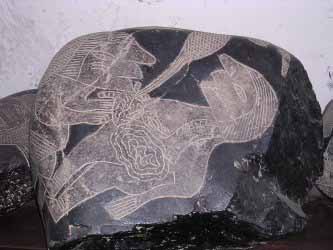
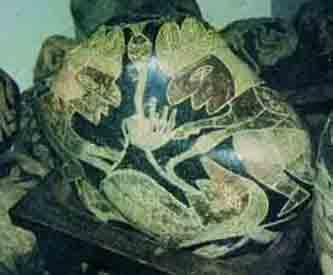

 Happy New Years Everybody!!!
Happy New Years Everybody!!!
